-
 Bitcoin
Bitcoin $112400
0.86% -
 Ethereum
Ethereum $4509
-0.37% -
 XRP
XRP $2.968
-0.52% -
 Tether USDt
Tether USDt $0.9999
-0.02% -
 BNB
BNB $876.4
2.10% -
 Solana
Solana $214.3
4.69% -
 USDC
USDC $0.9998
-0.01% -
 Dogecoin
Dogecoin $0.2241
1.86% -
 TRON
TRON $0.3447
-0.45% -
 Cardano
Cardano $0.8586
0.25% -
 Chainlink
Chainlink $25.26
5.76% -
 Hyperliquid
Hyperliquid $45.95
-3.38% -
 Ethena USDe
Ethena USDe $1.001
-0.01% -
 Sui
Sui $3.491
0.92% -
 Stellar
Stellar $0.3830
0.57% -
 Cronos
Cronos $0.3333
27.15% -
 Bitcoin Cash
Bitcoin Cash $557.0
0.74% -
 Avalanche
Avalanche $24.75
0.77% -
 Hedera
Hedera $0.2406
0.46% -
 UNUS SED LEO
UNUS SED LEO $9.561
-0.08% -
 Litecoin
Litecoin $113.8
0.74% -
 Toncoin
Toncoin $3.187
1.26% -
 Shiba Inu
Shiba Inu $0.00001264
0.86% -
 Polkadot
Polkadot $3.995
3.37% -
 Uniswap
Uniswap $10.04
1.61% -
 Dai
Dai $0.9999
-0.01% -
 Bitget Token
Bitget Token $4.603
-0.87% -
 Monero
Monero $269.4
-1.07% -
 Aave
Aave $317.5
-1.55% -
 Ethena
Ethena $0.6731
10.25%
Coinbase Order Book Explained: A Guide for Traders
Large "whale" orders in Coinbase's order book can trigger short-term price movements, influencing both algorithmic and manual traders' decisions.
Aug 28, 2025 at 11:56 pm
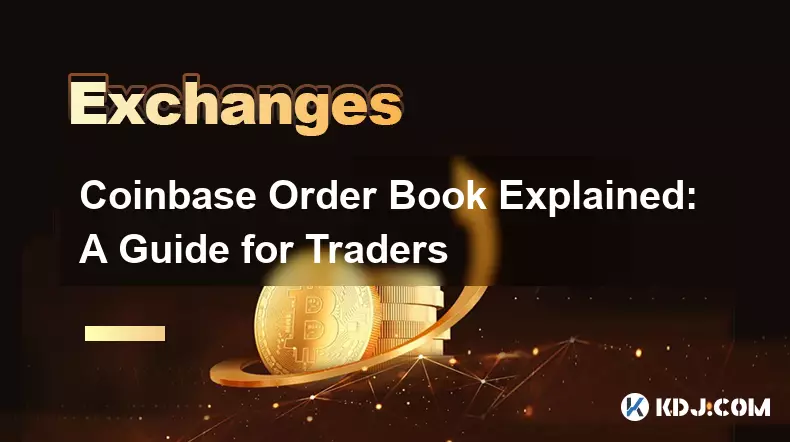
Coinbase Order Book Mechanics
1. The Coinbase order book is a live ledger of all pending buy and sell orders for a given cryptocurrency pair. It displays the depth of market interest by showing the volume and price levels where traders are willing to transact. This real-time data allows traders to gauge supply and demand dynamics across various price points.
2. Each side of the order book is divided into bids and asks. Bids represent the highest prices buyers are willing to pay, listed in descending order. Asks reflect the lowest prices sellers are willing to accept, arranged in ascending order. The point where these two sides meet is known as the spread, which often indicates market liquidity.
3. Market makers place limit orders that add depth to the book, while takers remove liquidity by fulfilling existing orders. On Coinbase, users can view both the full order book and a simplified version depending on the trading interface they use. Advanced traders typically rely on the full book to analyze order clustering and potential resistance or support zones.
4. The order book updates in real time as new orders are placed, modified, or canceled. High-frequency trading bots contribute significantly to the volatility and speed of these changes, especially during periods of high volatility. Traders monitoring the book must remain attentive to sudden shifts in order volume or price levels.
5. Understanding the relationship between order size and price movement is essential for timing entries and exits effectively. Large orders, often referred to as 'whales,' can influence short-term price action when they appear or disappear from the book, triggering reactions from algorithmic and manual traders alike.
Reading Liquidity and Depth
1. Liquidity on Coinbase is visually represented by the density of orders near the current market price. A thick order book with substantial volume on both sides indicates strong liquidity, enabling traders to execute large orders with minimal slippage.
2. Thin order books, particularly for less popular trading pairs, can result in significant price swings from relatively small trades. These conditions increase execution risk and require caution when placing market orders. Limit orders are often preferred in such environments to control price exposure.
3. Depth charts, often displayed alongside the order book, provide a graphical representation of cumulative buy and sell volume across price levels. These charts help traders quickly assess where large walls of orders exist, which may act as temporary barriers to price movement.
4. Sudden appearance of deep sell walls can signal resistance, while dense bid clusters may indicate support levels. Observing how price interacts with these zones over time can inform trading decisions, such as setting stop-loss orders or identifying breakout opportunities.
5. Traders should also monitor the rate at which orders are filled or canceled. Rapid cancellations near key price points may suggest spoofing, where traders place orders to manipulate perception without intending to execute them.
Order Types and Their Impact
1. Coinbase supports several order types, including limit, market, stop, and stop-limit orders. Each type interacts differently with the order book. Limit orders add to the book if not immediately matched, while market orders instantly consume available liquidity at the best available prices.
2. Stop orders become market orders once a specified price is reached, often used to limit losses or capture momentum. These do not appear in the visible order book until triggered, making them invisible to other traders until execution begins.
3. Stop-limit orders combine aspects of both stop and limit orders. After the stop price is hit, the order becomes a limit order at a specified price. This provides more control over execution price but risks non-execution if the market moves too quickly.
4. Traders using advanced strategies often layer multiple limit orders across price levels to take advantage of anticipated volatility. This approach requires a deep understanding of the order book’s behavior and the ability to anticipate shifts in market sentiment.
5. Immediate-or-cancel (IOC) and fill-or-kill (FOK) orders are also available, allowing users to specify execution conditions. These are particularly useful for algorithmic traders who require precise control over trade execution and order book interaction.
Frequently Asked Questions
What causes the order book to freeze or lag on Coinbase?High traffic periods, such as during major market movements or news events, can lead to delays in order book updates. Network congestion or API rate limits may also contribute to perceived lag. Using WebSocket feeds instead of REST APIs can help maintain real-time accuracy for active traders.
How does Coinbase handle order matching?Coinbase uses a price-time priority model. The highest bid and lowest ask are matched first, with earlier orders at the same price level taking precedence. This ensures fairness and transparency in trade execution across all users on the platform.
Can I access the full order book via Coinbase API?Yes, Coinbase provides access to the full order book through its WebSocket API. Developers and algorithmic traders can subscribe to the 'level2' or 'full' channels to receive real-time updates on order additions, changes, and cancellations.
Why do some large orders disappear from the book quickly?Large orders may be hidden or placed as iceberg orders, where only a portion is visible at a time. Additionally, traders may cancel orders if market conditions change or if they suspect their position is being targeted by other market participants.
Disclaimer:info@kdj.com
The information provided is not trading advice. kdj.com does not assume any responsibility for any investments made based on the information provided in this article. Cryptocurrencies are highly volatile and it is highly recommended that you invest with caution after thorough research!
If you believe that the content used on this website infringes your copyright, please contact us immediately (info@kdj.com) and we will delete it promptly.
- SHIB Price, Trading Volume, Cryptocurrency: Riding the Whale Waves
- 2025-08-29 09:25:17
- Tapzi: GameFi's Rising Star Offering Altcoin Returns
- 2025-08-29 08:45:16
- XRP Price, Large Transactions, Record Volume: What's the Buzz?
- 2025-08-29 07:05:12
- Trump Price Rebounds: Canary Capital's Spot TRUMP ETF Sparks Frenzy
- 2025-08-29 07:05:12
- 21Shares, SEI ETF, and Token Rewards: A New Era for Crypto ETFs?
- 2025-08-29 07:25:13
- DYDX Price Surges Amid Platform Launches and Community Upgrade Buzz
- 2025-08-29 07:25:13
Related knowledge
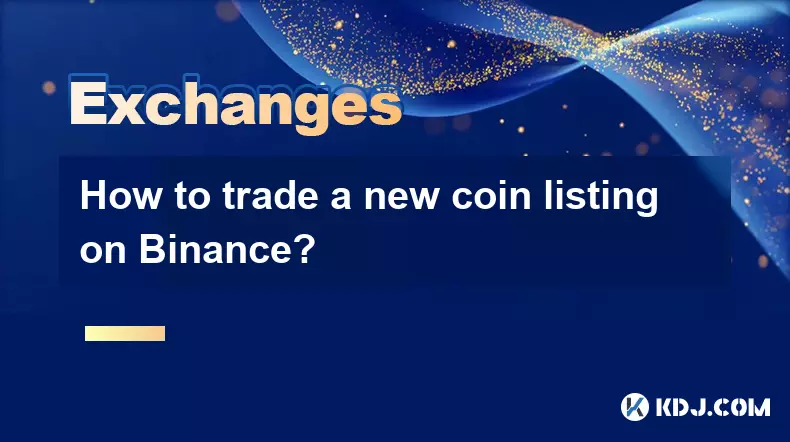
How to trade a new coin listing on Binance?
Aug 29,2025 at 11:14am
Understanding the Pre-Listing Phase1. Research the project thoroughly before any listing announcement. Whitepapers, team backgrounds, and community se...
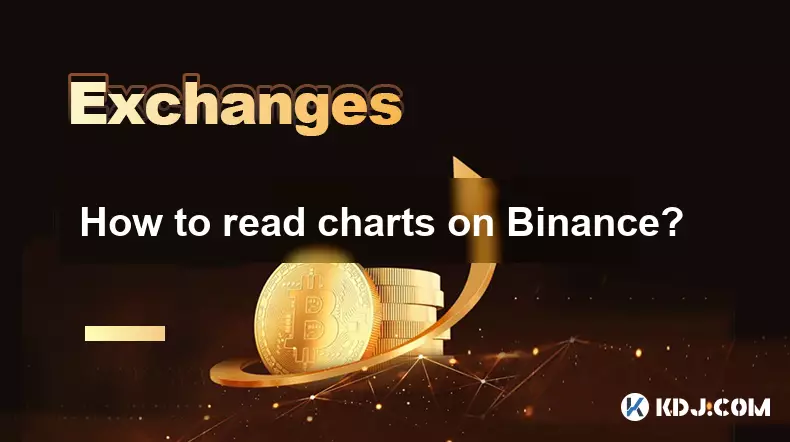
How to read charts on Binance?
Aug 29,2025 at 08:28am
Understanding Candlestick Patterns1. Each candlestick on Binance represents price movement over a specific time interval, such as one minute, five min...
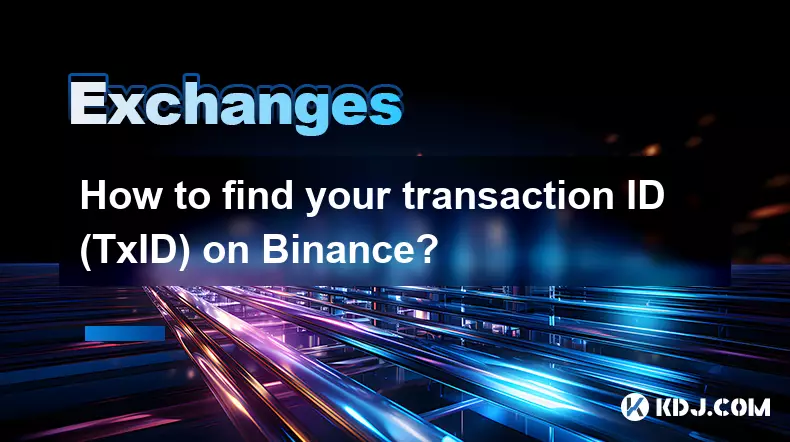
How to find your transaction ID (TxID) on Binance?
Aug 29,2025 at 08:57am
Understanding Transaction ID (TxID) in Binance1. A Transaction ID, commonly known as TxID, is a unique alphanumeric string assigned to every blockchai...
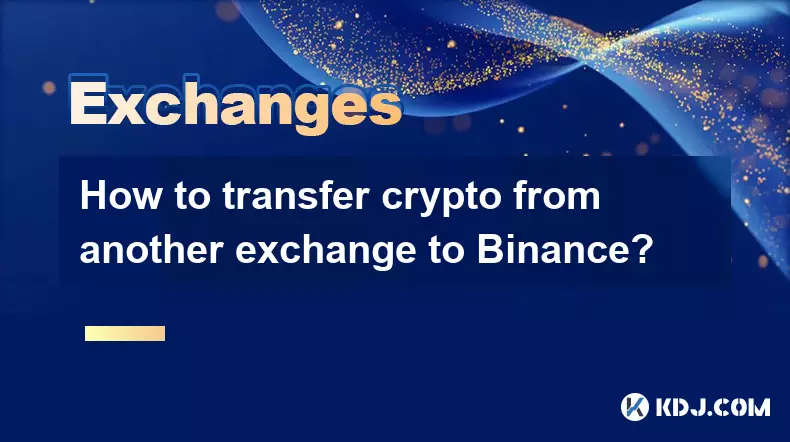
How to transfer crypto from another exchange to Binance?
Aug 29,2025 at 10:57am
Understanding the Transfer Process1. Log in to your Binance account and navigate to the 'Wallet' section. Select 'Spot Wallet' or the appropriate wall...
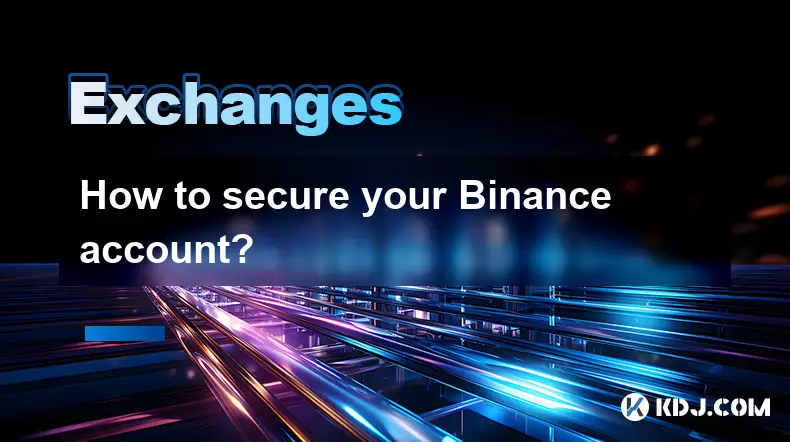
How to secure your Binance account?
Aug 29,2025 at 07:01am
Enable Two-Factor Authentication1. Navigate to your Binance account settings and locate the security section. Activate Google Authenticator for a time...

How to calculate Binance futures trading fees?
Aug 29,2025 at 06:57am
Understanding Binance Futures Fee Structure1. Binance futures trading operates on a dual fee model consisting of taker and maker fees. These fees vary...

How to trade a new coin listing on Binance?
Aug 29,2025 at 11:14am
Understanding the Pre-Listing Phase1. Research the project thoroughly before any listing announcement. Whitepapers, team backgrounds, and community se...

How to read charts on Binance?
Aug 29,2025 at 08:28am
Understanding Candlestick Patterns1. Each candlestick on Binance represents price movement over a specific time interval, such as one minute, five min...

How to find your transaction ID (TxID) on Binance?
Aug 29,2025 at 08:57am
Understanding Transaction ID (TxID) in Binance1. A Transaction ID, commonly known as TxID, is a unique alphanumeric string assigned to every blockchai...

How to transfer crypto from another exchange to Binance?
Aug 29,2025 at 10:57am
Understanding the Transfer Process1. Log in to your Binance account and navigate to the 'Wallet' section. Select 'Spot Wallet' or the appropriate wall...

How to secure your Binance account?
Aug 29,2025 at 07:01am
Enable Two-Factor Authentication1. Navigate to your Binance account settings and locate the security section. Activate Google Authenticator for a time...

How to calculate Binance futures trading fees?
Aug 29,2025 at 06:57am
Understanding Binance Futures Fee Structure1. Binance futures trading operates on a dual fee model consisting of taker and maker fees. These fees vary...
See all articles























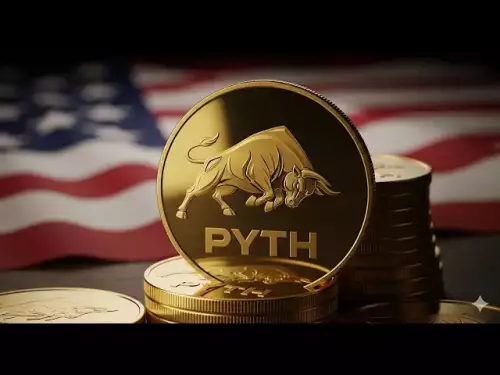
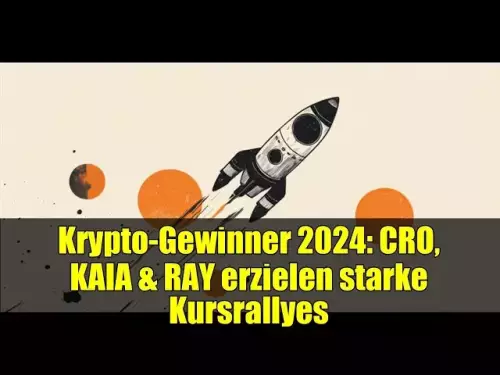
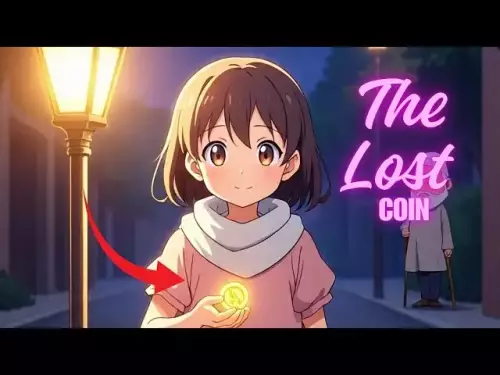
![28 August 2025 - [Evening]Mr Mint (MNT) Zoom Call | Latest Update & Future Plans | Stepmint | 28 August 2025 - [Evening]Mr Mint (MNT) Zoom Call | Latest Update & Future Plans | Stepmint |](/uploads/2025/08/29/cryptocurrencies-news/videos/august-evening-mint-mnt-zoom-call-update-future-plans-stepmint/68b08b4c56a56_image_500_375.webp)





























































